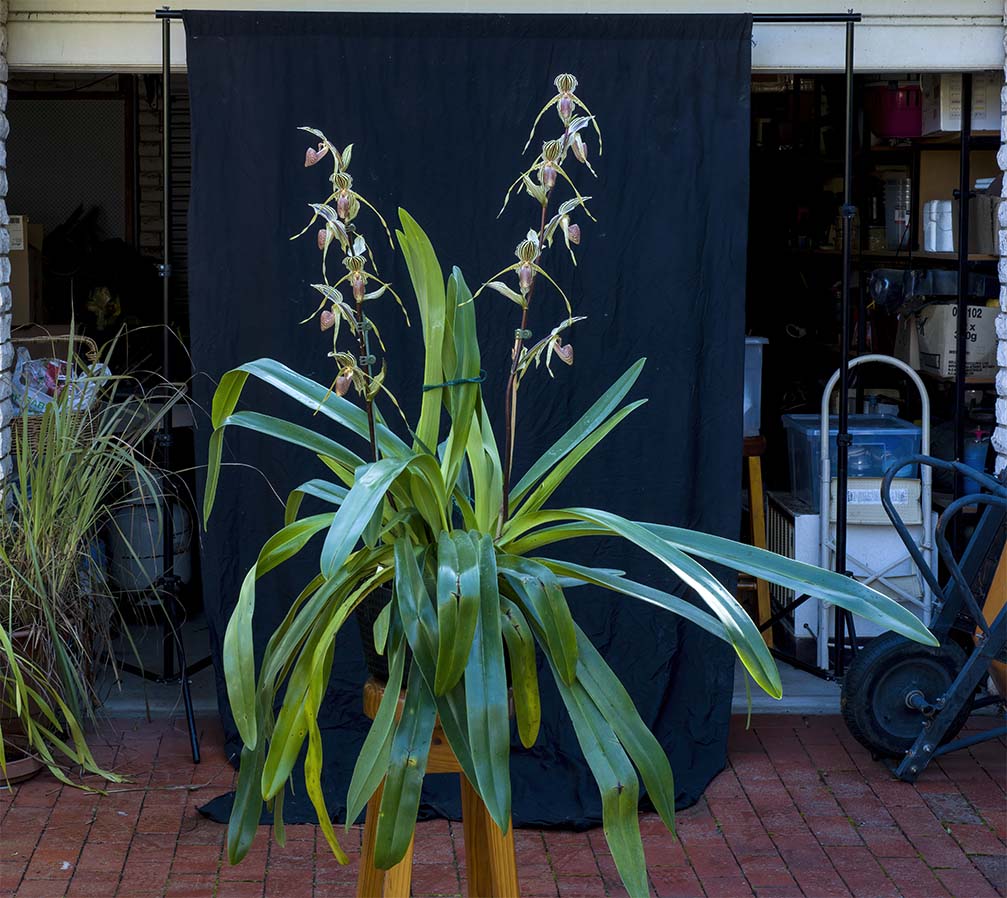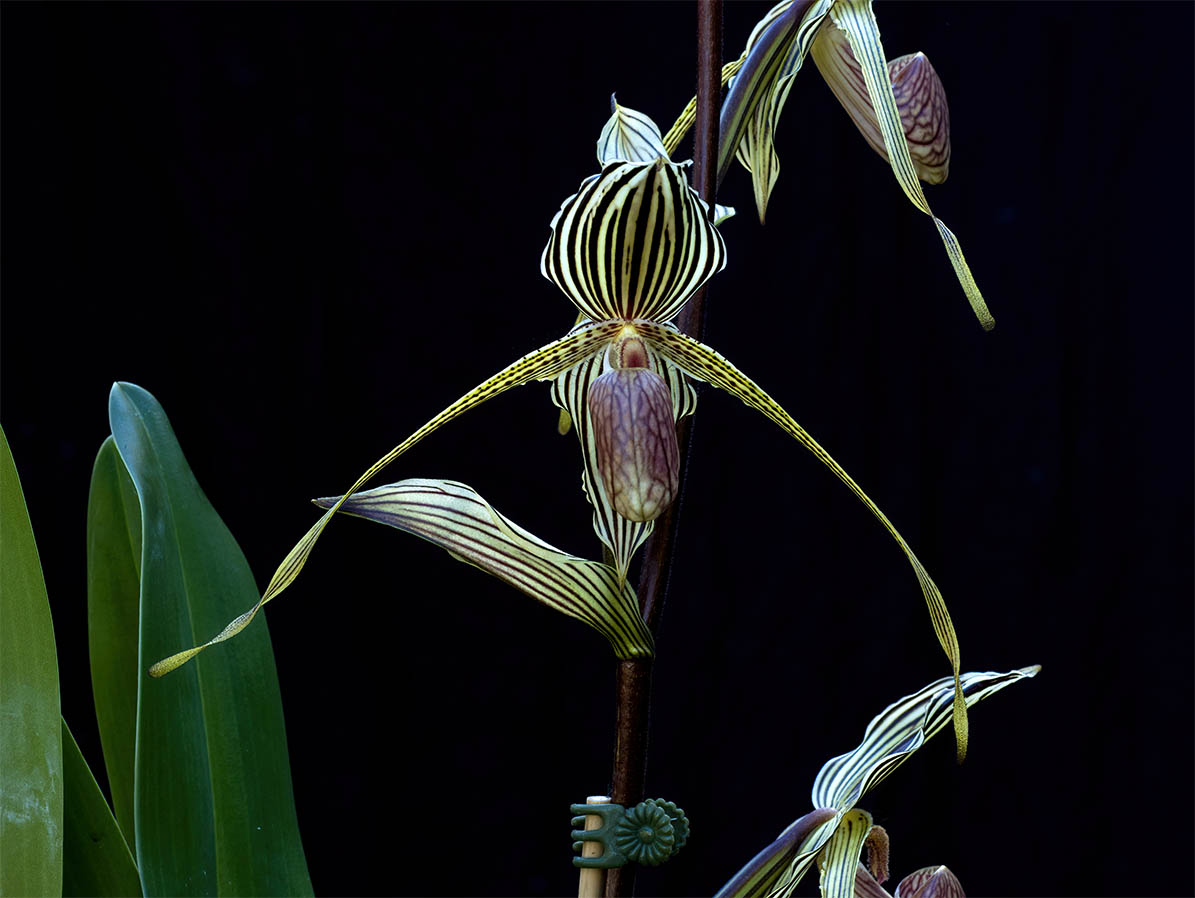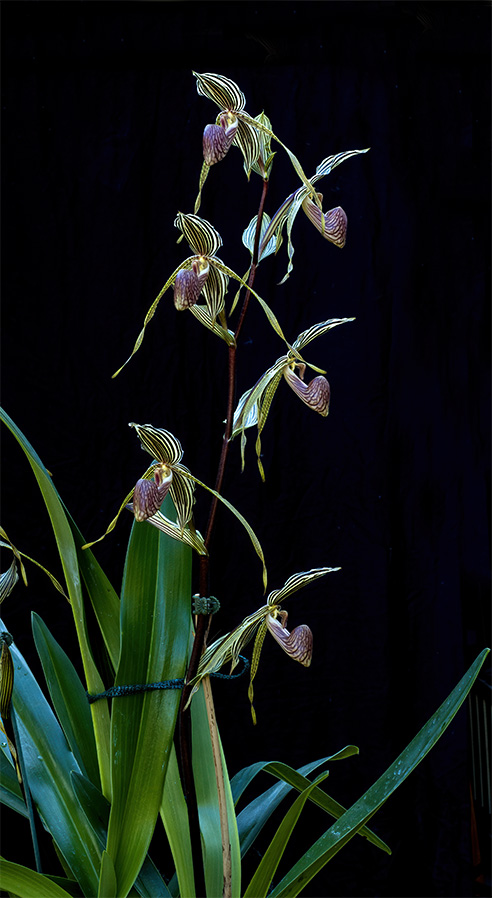Thanks. You must have read my mind. I have been planning to ask the forum why I am struggling to get my plants to multiply. A lot of them only add one growth at a time. Sometimes they initiate two growths, but one invariably dies. So you think if you grow them in brighter light, you will get more growths? I do grow them fairly shaded. The light in Australia in summer is very intense, especially where I live. I have found with less shade, the leaves get very light and the plant looks a little unhealthy. But I am starting to think I may need to increase my light
I grow my Bel Royal under very bright light conditions. It is along side my catelyas and if memory serves me correctly, I have it under close to 200ųmols PPFD for 12 hrs (this is with grow lights so doesnt follow the low lit morning and afternoon cycle).
I'm not recommending you to go this bright, certainly not right away. Indeed, the leaves can show a unhealthy look, certainly not the nice green foliage you have.
I don't think you would need to subject the plant to bright light for a long period of time before you see a response on new growth. I'm lazy and just keep my plant in the same spot with the same continous conditions.
Bright light leading to multiple growths comes from experience and noted literature sources on rothschildianum culture. However, I think it could apply to many other paphs. My theory is that the higher light intensities slows down the primary growth stem, which leads to more lateral growth. A similar response would be like a single-centered onion bulb. When apical growth is ********, it starts growing multiple lateral growths (no longer being single-centered). Likewise, cutting the primary stem on a plant or a tree, leads to more secondary growth.
Some disclaimers I should mention:
1. There might be a genertic component to this where even changing the environment won't produce similar results.
2. As in all things, it is important to adjust all factors appropriately. Increase light may need increase fertilizer and/or watering and adjustments to temperature. Keep the entire system in mind.
3. To avoid any set back, make small changes and observe. Fortunately you got a hybrid and a very happy one so should be able to handle some stress. I'm not advocating the brighter light is a better culture, I'm just suggesting that it will provide a subtle stress response which will lead to more side growths.


















































